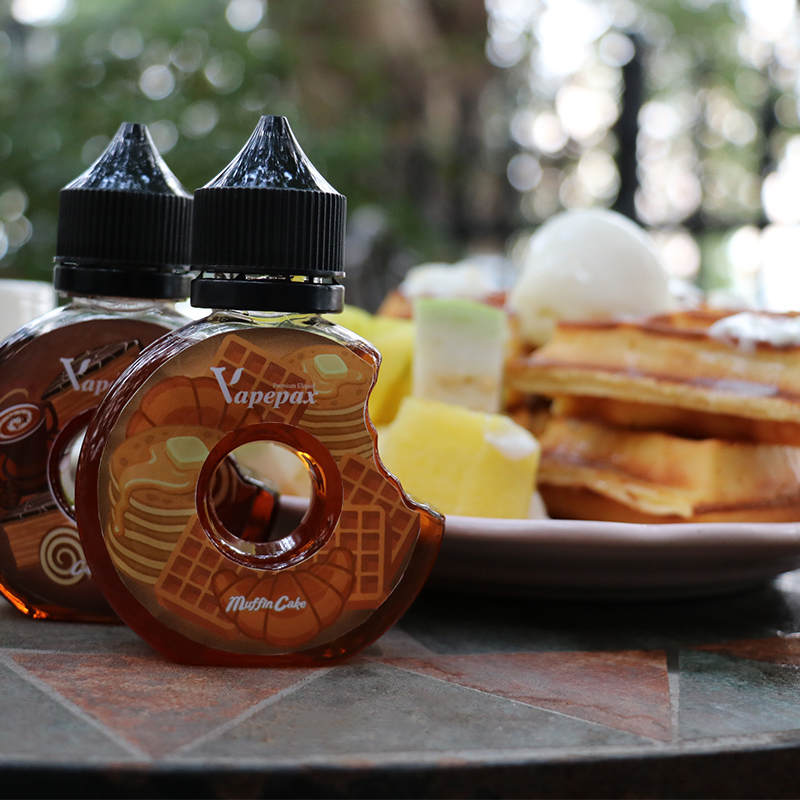E-liquid Flavoring Technology Matures
Since its inception, e-cigarettes have quickly gained popularity among consumers due to their reduced health risks and diverse flavor options. Among the various components of e-cigarettes, e-liquid (also known as vape juice) is key in determining its flavor and user experience. With the advancement of technology and the growing market demand, e-liquid flavoring technology has continuously developed and matured.

Basic Composition of E-liquid
E-liquid mainly consists of four components: propylene glycol (PG), vegetable glycerin (VG), nicotine, and flavorings. PG and VG serve as the base ingredients of the e-liquid, providing vapor density and throat hit. Nicotine delivers the desired stimulation and satisfaction, while flavorings impart different flavors to the e-liquid.
Evolution of Flavoring Technology
The early e-liquid flavoring techniques were relatively simple, primarily relying on basic food flavorings. However, as consumer demand for e-cigarette flavors diversified, single flavorings could no longer satisfy the market. The involvement of professional flavorists and flavor companies has since driven the advancement of e-liquid flavoring technology.
Use of Basic Flavorings: Initially, the flavor of e-liquids came mainly from food-grade flavorings, commonly used in candies, beverages, and other foods. This method was straightforward but offered limited flavors and struggled to replicate the authentic taste of tobacco.
Application of Compound Flavorings: With technological progress, flavorists began using multiple flavorings in complex combinations to create more sophisticated and layered flavors. For example, blending fruit flavorings with cream flavorings can simulate the taste of strawberry cream, while combining mint with chocolate flavorings can produce a chocolate mint taste.
Introduction of Natural Flavorings: To achieve more authentic tastes, flavorists started incorporating natural flavorings. These flavorings, extracted from plants, fruits, and other natural materials, provide a more natural and genuine taste. For instance, using extracts from natural tobacco leaves can create a flavor closer to real tobacco.
Application of Molecular Flavoring Technology: In recent years, molecular flavoring technology has gradually been applied to e-liquid formulation. By analyzing the structure and properties of aroma molecules, flavorists can precisely synthesize specific flavor molecules, creating richer and more delicate taste experiences. Some high-end e-liquid brands use molecular flavoring technology to successfully recreate complex dessert flavors, such as caramel pudding and blueberry cheesecake.
Future Trends in Flavoring Technology
The maturation of e-liquid flavoring technology not only enhances flavor but also optimizes consumer health and user experience comprehensively. In the future, as technology continues to develop, e-liquid flavoring technology will exhibit several trends:
Personalized Customization: With the increasing demand for personalized products, future e-liquids will focus more on customized services. Users will be able to select and combine flavorings based on their taste preferences, creating unique e-liquids.
Health and Safety: As health awareness rises, the safety of e-liquid ingredients becomes increasingly important. Future flavoring technology will emphasize the safety and natural quality of flavorings, reducing reliance on synthetic flavorings and incorporating more natural ingredients.
Intelligent Blending: With the advancement of intelligent technology, e-liquid blending will become more intelligent. Using smart blending devices, users can precisely control the proportions and concentrations of flavorings, creating their desired flavors in real-time. Additionally, smart devices can recommend suitable flavor combinations based on user habits and preferences.
Conclusion
The continuous maturation of e-liquid flavoring technology provides strong momentum for the development of the e-cigarette industry. With technological advancements, e-liquid flavors will become richer and more diverse, enhancing user experience and promoting healthier options. However, while enjoying a wide range of flavors, consumers should maintain rational consumption and prioritize health and safety. Only by balancing technology and health can e-liquids truly meet market demands and achieve sustainable development.



 Prev:Functional E-Liquids Require Caution
Prev:Functional E-Liquids Require Caution Next:How to Enhance Your Vaping Experience
Next:How to Enhance Your Vaping Experience


